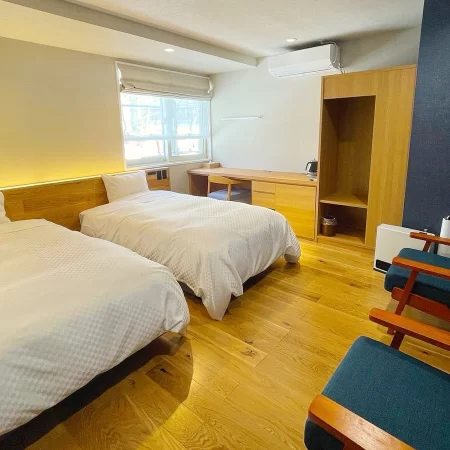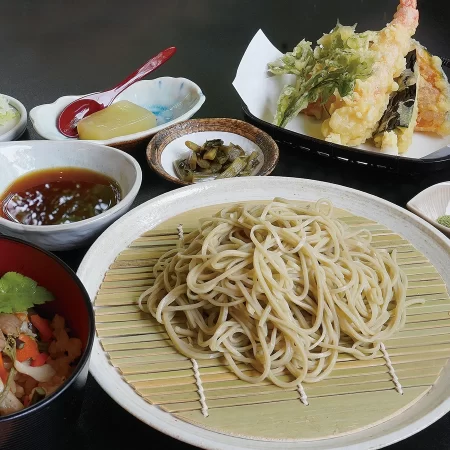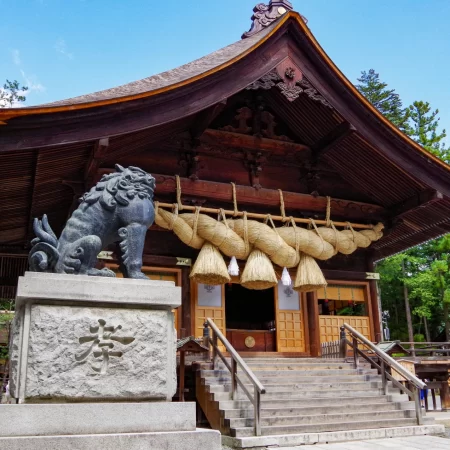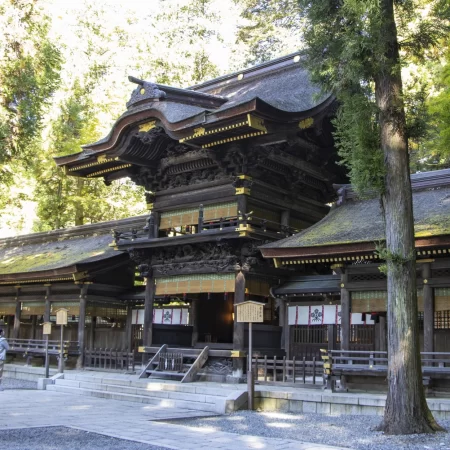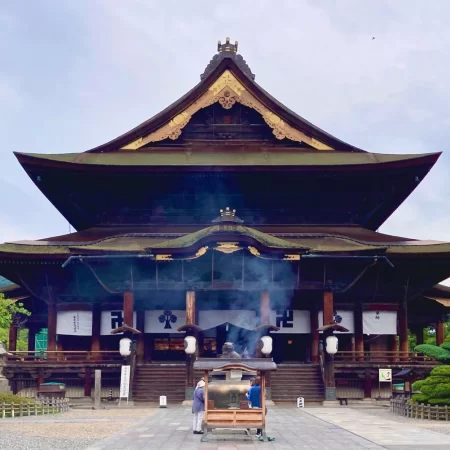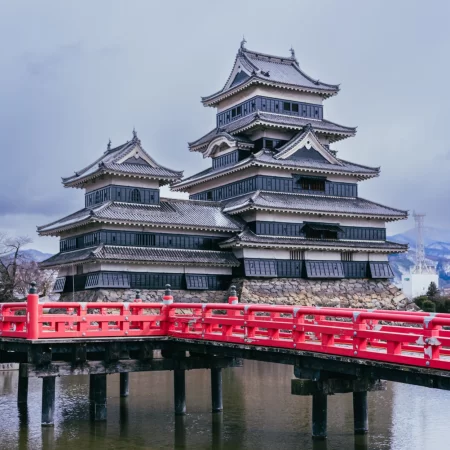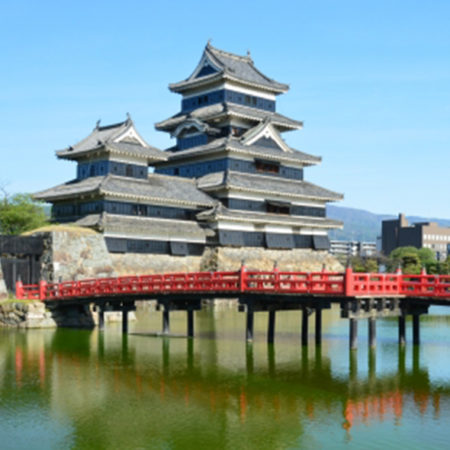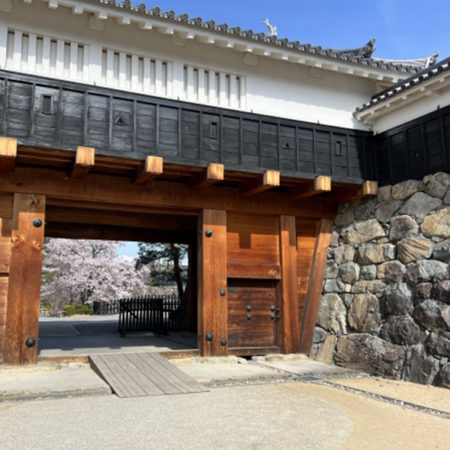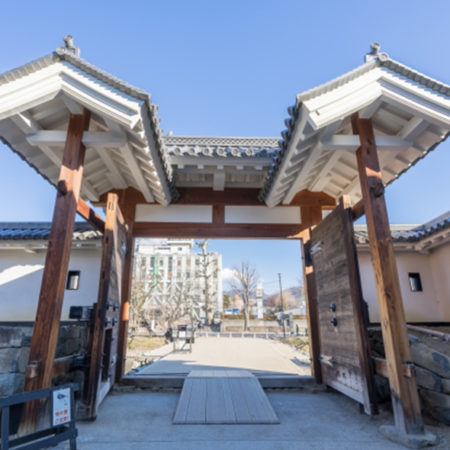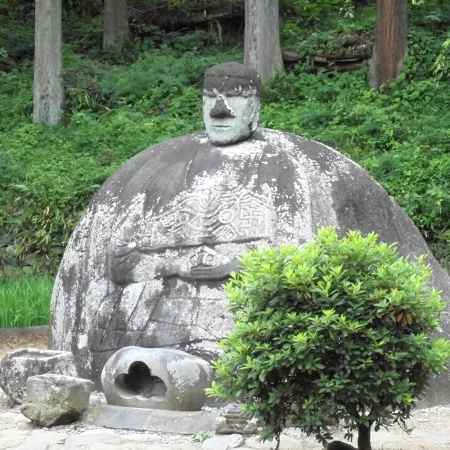Matsumoto Castle, with its oldest five-tiered, six-story keep in Japan, is believed to have been constructed around 1593-1594 during the Bunroku era. The castle's origins trace back to the Warring States period when it was initially built as Fukashi Castle. As the era of civil strife deepened, the Ogasawara clan, protectors of Shinano, moved their base from Ikawa, known as Shinano Fuchu, to the eastern foothills in Hayashi (now Satoyamabe). Their retainers established subsidiary castles around Hayashi Castle to strengthen their defenses, with Fukashi Castle also built to guard Hayashi Castle’s front. Later, when Takeda Shingen of Kai pursued Ogasawara Nagatoki, he chose Fukashi Castle as his base to control the Matsumoto Plain in his bid to rule Shinano. However, in 1582, following the turmoil of the Honnoji Incident, Ogasawara Sadayoshi regained control of Fukashi Castle, renaming it Matsumoto Castle.
In 1590, when Toyotomi Hideyoshi unified Japan, Tokugawa Ieyasu was relocated to the Kanto region. Subsequently, Matsumoto Castle's lord, Ogasawara Hidemasa, followed Ieyasu to Shimousa, and the Ishikawa father-son duo, Kazumasa and Yasunaga, took over. They advanced the castle and the castle town's development, laying the foundation for Matsumoto Castle as a modern fortress.
Today, Matsumoto Castle is not only the symbol of Matsumoto city but also a cornerstone of its citizens' hearts. This is due in part to its history of surviving numerous existential threats, overcome through the passion of its people.






